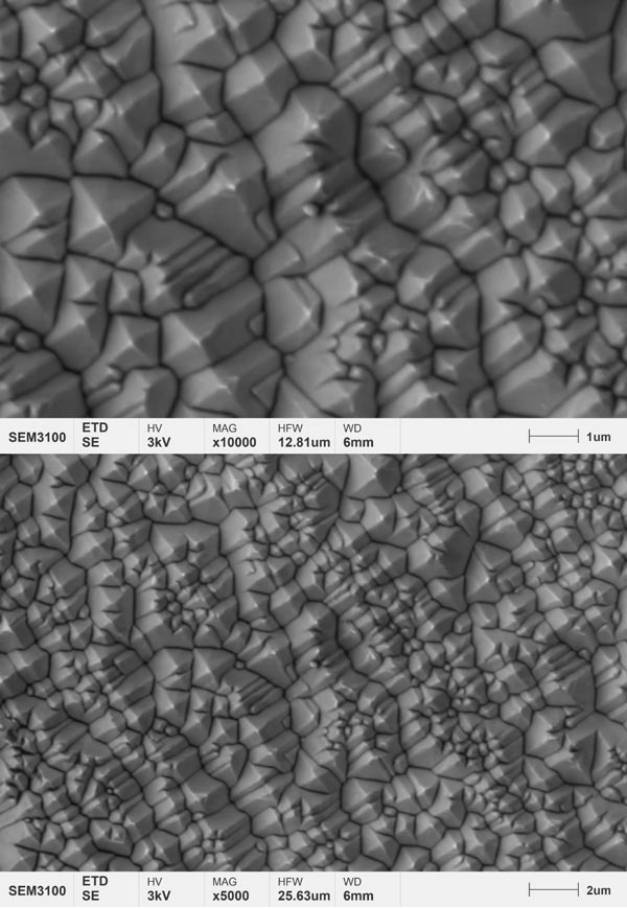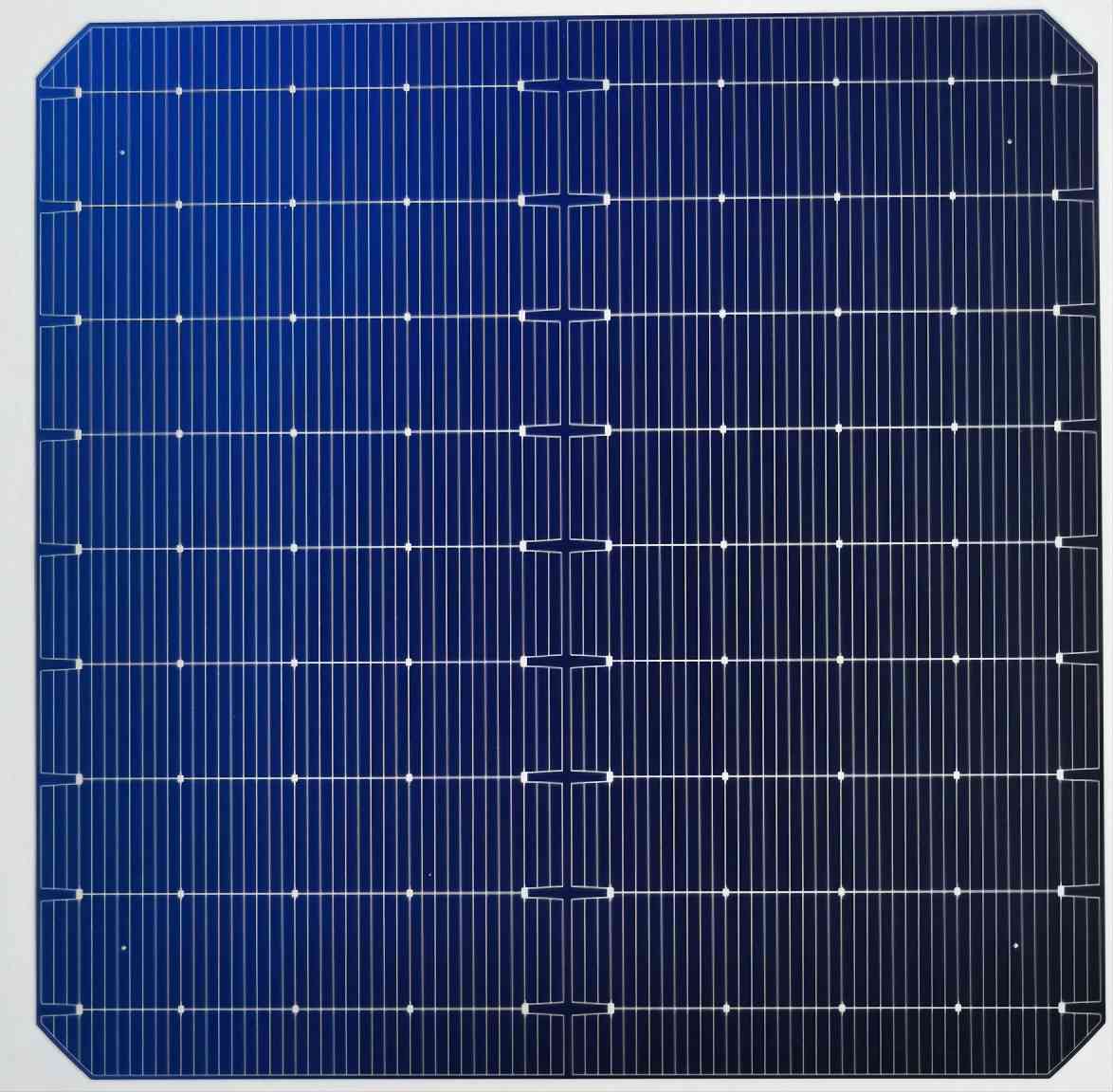In the production of solar cells, the performance and photoelectric conversion rate of silicon wafer solar cells are closely related to the surface structure of the solar cells. Therefore, chemical etching and texturing of silicon wafers is an important process during the manufacturing process, aiming to Reduce the surface reflectivity of the silicon wafer, increase the absorption of light, and increase the density of photogenerated carriers, thereby improving the photoelectric conversion rate of the solar cell.
Principle of chemical etching texturing process
The principle of chemical etching and texturing of silicon solar cells is to use the anisotropy or isotropy of silicon crystals to cause silicon wafers with different crystal faces or directions to etch at different rates in the chemical solution, thereby forming different shapes and sizes on the surface of the silicon wafer. suede structure. The textured structure can increase the roughness of the silicon wafer surface, reduce light reflection, increase light absorption, change the incident angle and propagation path of light, form light traps, increase the density of photogenerated carriers, thereby improving the photoelectric conversion rate of the solar cell. .

Comparison pictures before and after chemical etching texturing
Chemical etching and texturing of silicon solar cells can be carried out through alkali texturing and acid texturing. Alkali texturing uses alkaline solutions, such as sodium hydroxide, potassium hydroxide or tetramethylammonium hydroxide, etc., to perform various processes on the silicon wafer. Anisotropic corrosion is mainly suitable for monocrystalline silicon wafers. Acid texturing uses acidic solutions, such as acetic acid solution or aqueous solution of nitric acid and hydrofluoric acid, to perform isotropic etching of silicon wafers. It is mainly suitable for polycrystalline silicon wafers.
Alkali texturing of silicon solar cells
Alkali texturing is mainly suitable for single crystal silicon wafers. It uses alkaline solution to anisotropically etch the surface of the silicon wafer to form a pyramid-shaped texture structure. The pyramid-like texture structure is due to the diamond lattice structure of the silicon crystal. The silicon atoms in different crystal faces have different energies, which results in the alkaline solution corroding different crystal faces at different rates. The textured structure of the pyramid can effectively reduce the reflectivity of the silicon wafer surface, generally reaching less than 10%, while the reflectivity of the non-textured silicon wafer surface is generally more than 30%.
The process parameters of alkali texturing mainly include the concentration, temperature, time, additives, etc. of the alkali solution. These parameters will affect the shape, size, distribution, uniformity, etc. of the texture structure, thereby affecting the performance of the solar cell. Generally speaking, the higher the concentration of the alkali solution, the higher the temperature, the longer the time, the faster the corrosion rate, the larger the texture structure, and the lower the reflectivity. However, excessive corrosion will lead to the loss of the silicon wafer and the degradation of the texture structure. destroy.
Acid texturing of silicon solar cells
Acid texturing is mainly suitable for polycrystalline silicon wafers. It uses acidic solution to isotropically etch the surface of the silicon wafer to form a honeycomb texture structure. The honeycomb texture is caused by the fact that polycrystalline silicon is composed of grains with different crystal orientations, and the acidic solution corrodes different grains at the same rate. Polycrystalline silicon wafers are not suitable for anisotropic etching using alkaline solutions. This is because the etching speeds in different grain directions are different, resulting in non-uniform changes in the thickness of the silicon wafers, and there are a large number of grain boundaries in polycrystalline silicon wafers. Dislocations will occur and affect the performance of solar cells. The process of acid texturing mainly includes two basic chemical reactions. The first stage is the reaction of silicon and nitric acid to generate nitrogen oxides and silicon cations. The second stage is the reaction of silicon cations and hydrofluoric acid to generate hexafluoride. Silicic acid and water.
